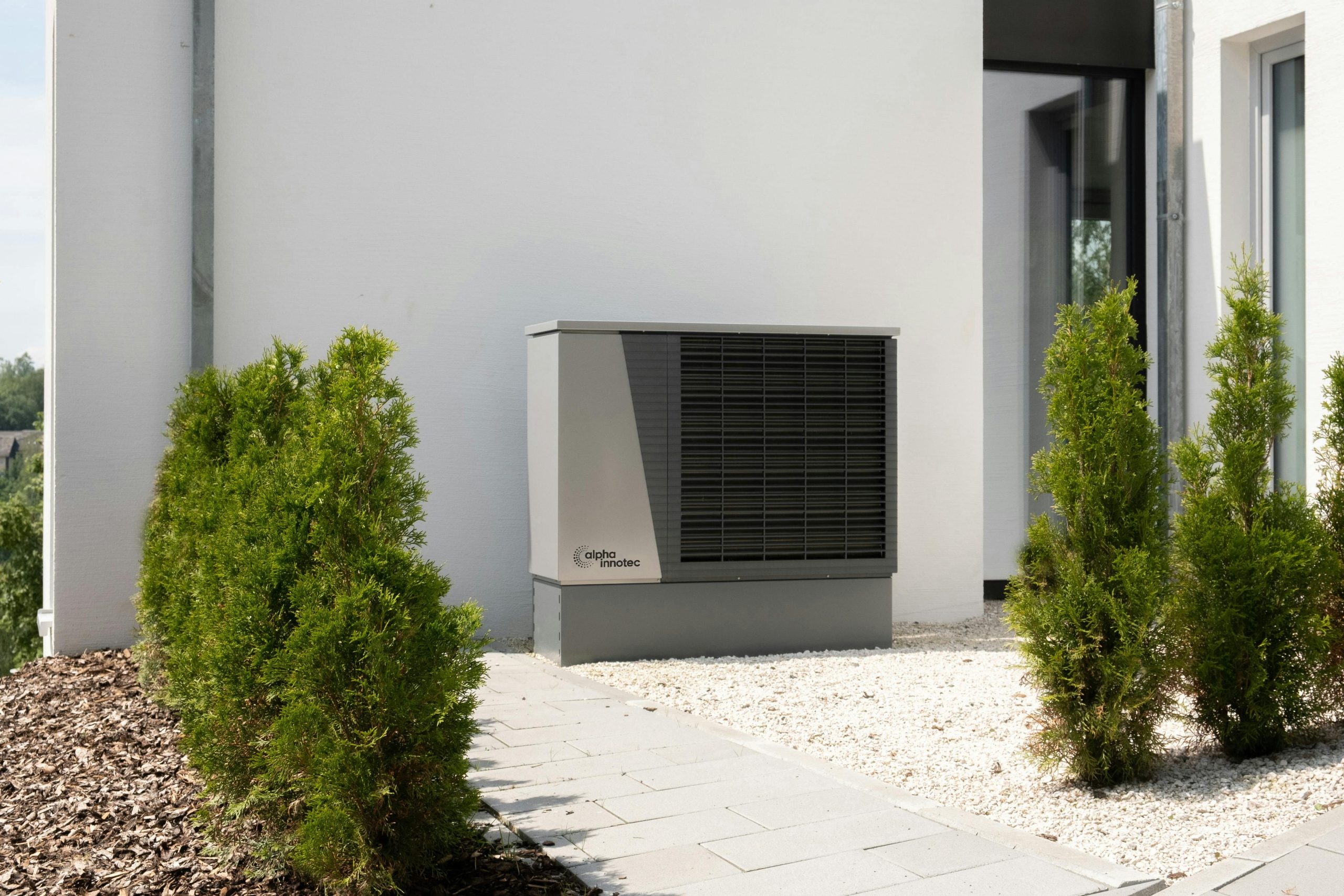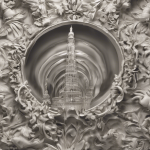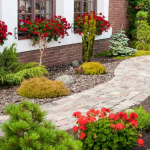Installing an air source heat pump in Surrey boosts home comfort while cutting energy bills and carbon emissions. Choosing the right system and qualified installer ensures efficiency tailored to your property’s needs. Understanding costs, installation steps, and available financial support prepares you for a smooth transition to eco-friendly heating. This guide helps you make informed decisions and maximize benefits from your new heat pump.
Maximizing Comfort with Air Source Heat Pump Installation in Surrey
Heat Pump Installers in Surrey provide tailored solutions designed to meet local needs. These systems harness outdoor air’s thermal energy, delivering eco-friendly heating. Installation costs generally range from £3,000 to £15,000, influenced by property size and system complexity.
Also to discover : Comprehensive handbook for setting up a rainwater collection system in your nottingham residence
Regulations vary, but air source heat pumps no longer require planning permission in England. Homeowners should select qualified installers, verified through certification schemes such as MCS.
Adopting these systems can reduce energy bills, lower carbon emissions, and qualify for government grants details are available on the page for Heat Pump Installers in Surrey.
Also to read : Transform your dream kitchen with tunbridge wells' top fitters
Understanding the Installation Process and Costs
Air source heat pump installation process begins with a detailed site assessment of your home. Installers evaluate insulation levels, existing pipework, and the suitability of current radiators. Sufficient insulation is not a legal requirement, but improving wall, floor, and ceiling insulation helps maximize heat pump energy efficiency benefits and may lower total heat demand. After the assessment, system size and capacity planning use a heat pump sizing guide to select the appropriate model for your needs.
Key steps involve choosing between system types, such as air-to-water units, and ensuring your radiators or underfloor heating are compatible. Certified installers handle placement of indoor and outdoor units: the external unit sits outside usually on a sturdy base—and the hot water cylinder is installed indoors. As part of the air source heat pump installation process, electrical and plumbing connections are upgraded as needed for safety and functionality.
Cost to install air source heat pump ranges from £3,000 to £15,000, influenced by factors like existing infrastructure, system capacity, and regional variations. Financial support (up to £7,500 from the Boiler Upgrade Scheme) can significantly reduce average installation cost. Always prioritize MCS-certified, experienced installers for best practices and full warranty coverage.
Financial Aspects, Regulations, and Practical Tips
Cost to install air source heat pump systems in Surrey frequently ranges from £3,000 to £15,000, heavily influenced by property size, the complexity of the installation guide and requirements, and the professional accreditation of your air source heat pump installer. Equipment pricing, installation time, and extra home adjustments like radiator or microbore pipe replacements—add to the overall cost factors and estimates.
Government incentives make the air source heat pump installation process more affordable. The Boiler Upgrade Scheme grants up to £7,500 for qualifying homes. Scottish homeowners can apply for grants and interest-free loans, and additional local programs exist in Northern Ireland and Wales. These help reduce average installation cost and improve accessibility for many.
Maximizing energy efficiency benefits often requires tailored site assessment for installation. Installers advise on insulation upgrades or recommended system size and capacity planning, which enhances long-term energy savings post-installation. Most installations take between 2 to 5 days; scheduling and timeline depend on property type, installer workload, and whether upgrades like new radiators are necessary.
Only certified professionals meeting air source heat pump installation regulations should undertake installation, ensuring all building codes, safety, and warranty and service options are observed. Post-installation inspections, maintenance, and ongoing performance checks safeguard both investment and comfort.
Practical Advice for a Successful Installation and Ongoing Efficiency
Begin by ensuring your home is ready for the air source heat pump installation process. Upgrading insulation in your walls, floors, and loft can significantly boost energy efficiency benefits, especially in older buildings or properties with single glazing. For homes with microbore piping, replacing the smaller pipes during installation supports adequate heating output and reduces the risk of poor performance.
Space is crucial: you’ll need an accessible outside area to position the unit according to heat pump location guidelines and enough indoor room for a hot water cylinder if required. Upgrading to larger radiators—often double or triple panels—may be necessary, as these systems operate at lower temperatures for optimal comfort and ongoing energy consumption reduction.
Post-installation, prioritize a regular maintenance schedule post-installation. Annual servicing keeps the heat pump efficient and extends its lifespan. Conducting seasonal maintenance checks—before harsh winters or hot summers—helps you troubleshoot performance issues early and ensures reliable operation. Monitoring the system’s energy consumption reduction can also highlight developing faults, making it easier to address minor problems before they escalate.
Optimizing system controls and ensuring insulation improvements empower you to enjoy lasting comfort and savings while complying with current air source heat pump installation regulations.








